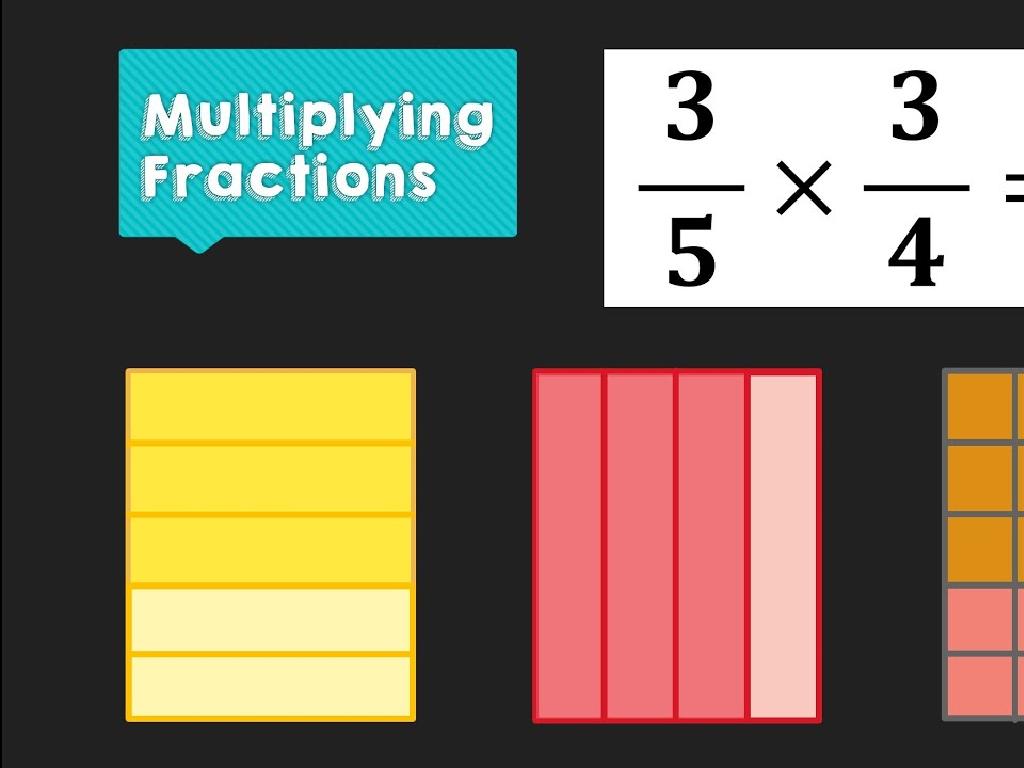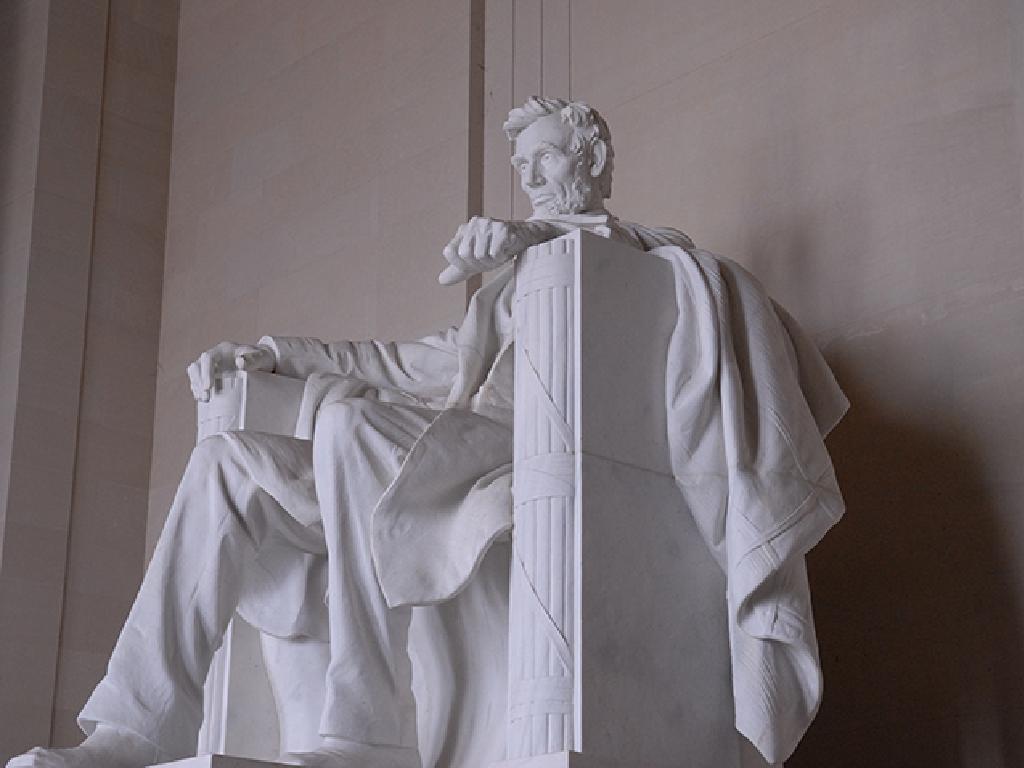Match Causes And Effects In Informational Texts
Subject: Language arts
Grade: Fourth grade
Topic: Text Structure
Please LOG IN to download the presentation. Access is available to registered users only.
View More Content
Understanding Cause and Effect in Texts
– What is text structure?
– Text structure refers to how information is organized in a passage.
– Focus: Causes and Effects
– Causes are ‘why’ something happened, effects are ‘what’ happened.
– How to match them?
– Look for signal words like ‘because’, ‘therefore’, and ‘as a result’.
– Why it’s important?
– It helps us comprehend and analyze informational texts better.
|
This slide introduces the concept of text structure, with a specific focus on understanding cause and effect, which is a common way authors organize information in texts. Start by explaining what text structure is and why it’s important. Then, move on to define causes and effects, providing examples and pointing out signal words that can help students identify them in texts. Emphasize the importance of this skill in improving reading comprehension and analytical skills. For the activity, students can work on passages where they identify and match causes and effects, discussing how their understanding of the text deepens as a result.
Understanding Cause and Effect
– What is a cause?
– A cause is the reason something happens.
– What is an effect?
– An effect is what happens because of the cause.
– Example: Rain and wet ground
– Cause: It rained. Effect: Ground is wet.
– Practice finding causes and effects
|
This slide introduces the concept of cause and effect, which is a key component of text structure in reading comprehension. A cause is the reason why an event happens, and an effect is the result of that event. Use everyday examples to illustrate this relationship, such as the wet ground being the effect of rain, which is the cause. Encourage students to think of other simple cause-and-effect relationships they’ve observed. In the next class, have students practice identifying causes and effects in sentences or short paragraphs to reinforce their understanding. This foundational skill will help them better analyze and comprehend informational texts.
Signal Words in Cause and Effect
– ‘Because’, ‘since’, ‘due to’ show causes
– ‘Therefore’, ‘consequently’, ‘thus’ show effects
– Practice finding signal words
– Let’s read sentences and spot these clues!
– Understand how they connect ideas
– See how cause leads to effect using signal words.
|
This slide introduces students to the concept of signal words, which are crucial for identifying cause and effect relationships in texts. Start by explaining that signal words are like clues that help us figure out why something happened (cause) and what happened because of it (effect). Provide examples of sentences using these signal words to demonstrate how they indicate the relationship between events or ideas. Encourage students to practice by finding signal words in sentences from their reading material. This will help them to better understand the structure of the text and improve their comprehension skills. During the next class, have interactive activities where students work in groups to identify signal words in provided sentences or paragraphs.
Cause and Effect Matching Game
– Match causes with effects
– Use signal words as clues
– Words like ‘because’, ‘so’, and ‘therefore’ can guide you.
– Practice with board examples
– We’ll look at sentences and find the cause and effect.
– Group activity
– Work together to find matches.
|
This slide introduces a class activity focused on matching causes and effects, a key component of understanding text structure in informational texts. The activity is designed to be interactive, with students working in groups to practice the concept on the board. Emphasize the importance of signal words that often indicate cause and effect relationships. Provide clear examples on the board, and guide students as they work through these examples. Encourage collaboration and discussion among students to facilitate a deeper understanding. Possible activities include matching exercises, sentence creation, and identifying cause and effect in paragraphs. This will help students recognize patterns and improve their comprehension of informational texts.
Identifying Cause and Effect in Texts
– Read a passage as a class
– Find the cause and effect
– What event led to another? Note it down.
– Discuss comprehension benefits
– Understanding cause and effect helps us see why things happen in stories.
– Practice with more examples
– Use additional passages to apply what we’ve learned.
|
This slide is aimed at teaching students how to identify cause and effect within a text, which is a key component of understanding text structure. Start by reading a passage together as a class to provide a common starting point for discussion. Then, guide the students to identify the cause (why something happened) and the effect (what happened as a result) within the read passage. Emphasize how recognizing these relationships can enhance their comprehension of the text. Encourage students to ask questions and provide examples from the passage to solidify their understanding. After the discussion, give them more passages to practice independently or in small groups to reinforce the concept.
Your Turn: Finding Cause and Effect
– Read the given text excerpts
– Use signal words to identify causes and effects
– Look for ‘because’, ‘since’, ‘if…then’, as clues
– Record each cause and effect pair
– Write them down like this: Cause -> Effect
– Get ready to discuss your findings
|
This slide introduces an individual activity focused on identifying cause and effect within informational texts. Provide students with excerpts that contain clear examples of cause and effect. Remind them to use the list of signal words they’ve learned, such as ‘because’, ‘therefore’, and ‘as a result’, to help them pinpoint cause and effect relationships. Encourage them to write down the pairs they find in a structured way, which will aid in their understanding of the text’s structure. After completing the activity, students should be prepared to share and discuss their findings with the class, fostering a collaborative learning environment.
Share and Learn: Cause and Effect
– Pair up and discuss findings
– Share cause and effect pairs
– For example, ‘The plant wilted because it didn’t get enough water’
– Reflect on understanding gained
– How did knowing the cause and effect improve your comprehension?
– Engage with the class discussion
|
This slide is designed to facilitate a collaborative learning experience where students will work in pairs to discuss the cause and effect relationships they have identified in their readings. After the discussion, each pair will share interesting cause and effect examples with the class, fostering a group learning environment. Encourage students to reflect on how identifying these relationships has enhanced their understanding of the text. This activity not only reinforces the concept of cause and effect but also promotes speaking and listening skills. As a teacher, guide the discussion by asking probing questions and providing feedback. Prepare to offer additional examples if students struggle to find their own and ensure that each student has the opportunity to participate in the discussion.
Class Activity: Cause and Effect Comic Strip
– Create a comic strip sequence
– Illustrate clear causes and effects
– Show why something happened (cause) and what happened as a result (effect).
– Use signal words for event relationships
– Words like ‘because’, ‘so’, ‘therefore’ help show cause and effect.
– Share your comic with the class
|
This activity is designed to help students understand the concept of cause and effect within a narrative structure. By creating their own comic strips, students will be able to visually represent and connect events, enhancing their comprehension of how actions and consequences are linked in informational texts. Encourage creativity but also emphasize the importance of clear logical connections. Provide examples of signal words and phrases that indicate cause and effect relationships. After completion, allow students to present their comic strips to the class, explaining the cause and effect in their stories. This will also foster public speaking and storytelling skills.
Wrapping Up: Cause and Effect
– Recap: What are cause and effect?
– Cause is why something happens; effect is what happens.
– Why it’s important to understand
– Knowing cause and effect helps us comprehend and analyze stories better.
– How it helps with text structure
– Recognizing cause and effect aids in identifying the structure of texts.
– Get ready for the next lesson!
|
As we conclude today’s lesson, we’ll revisit the concept of cause and effect, which is crucial for understanding the sequence of events in a story. It’s important for students to grasp this concept as it enhances reading comprehension and critical thinking skills. By being able to identify the cause and effect, students can better predict outcomes and infer meanings in texts. This foundational skill will also prepare them for our next class, where we’ll delve into different text structures and how to identify them. Encourage students to review their notes and bring any questions they have to the next class.






